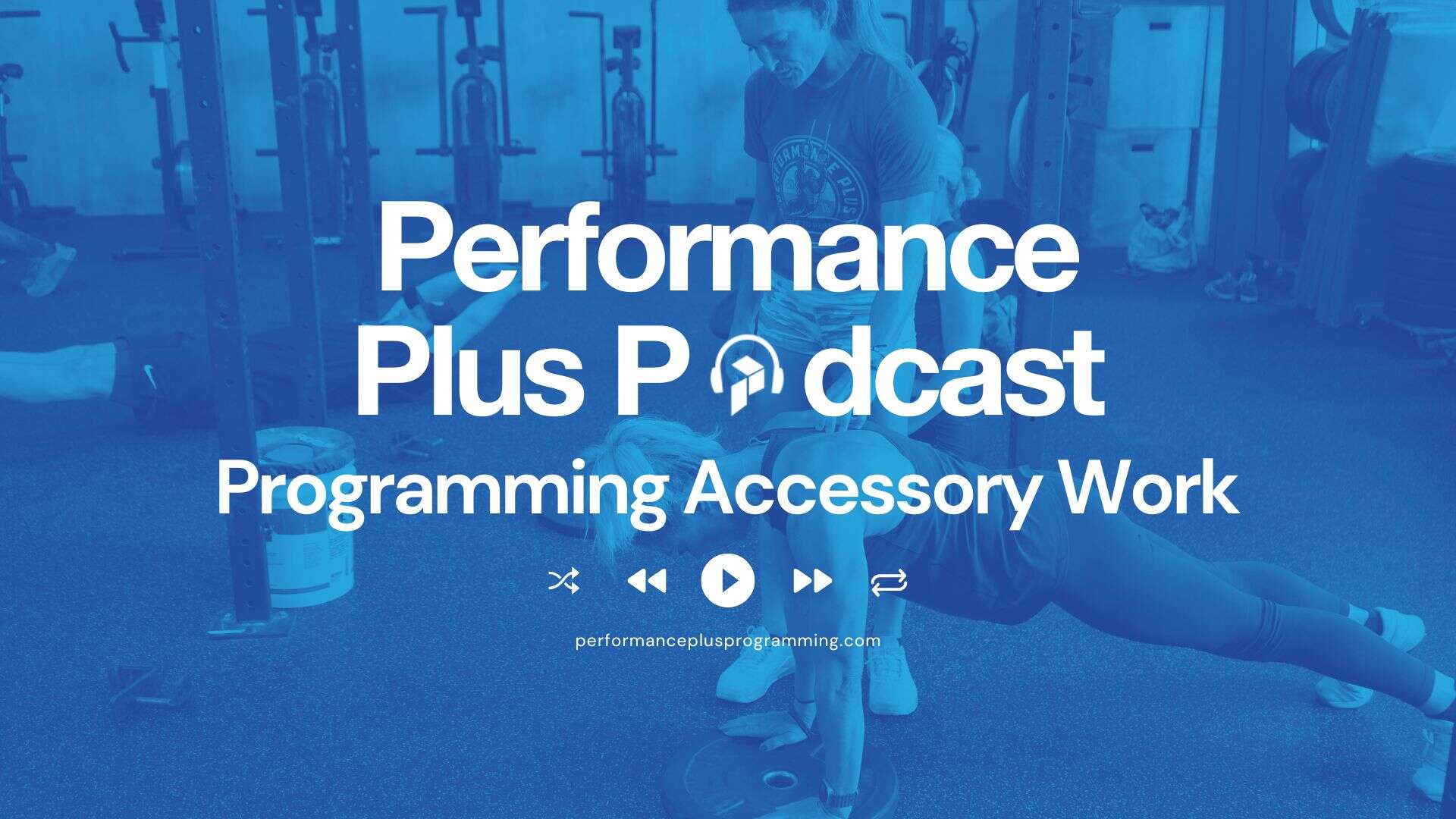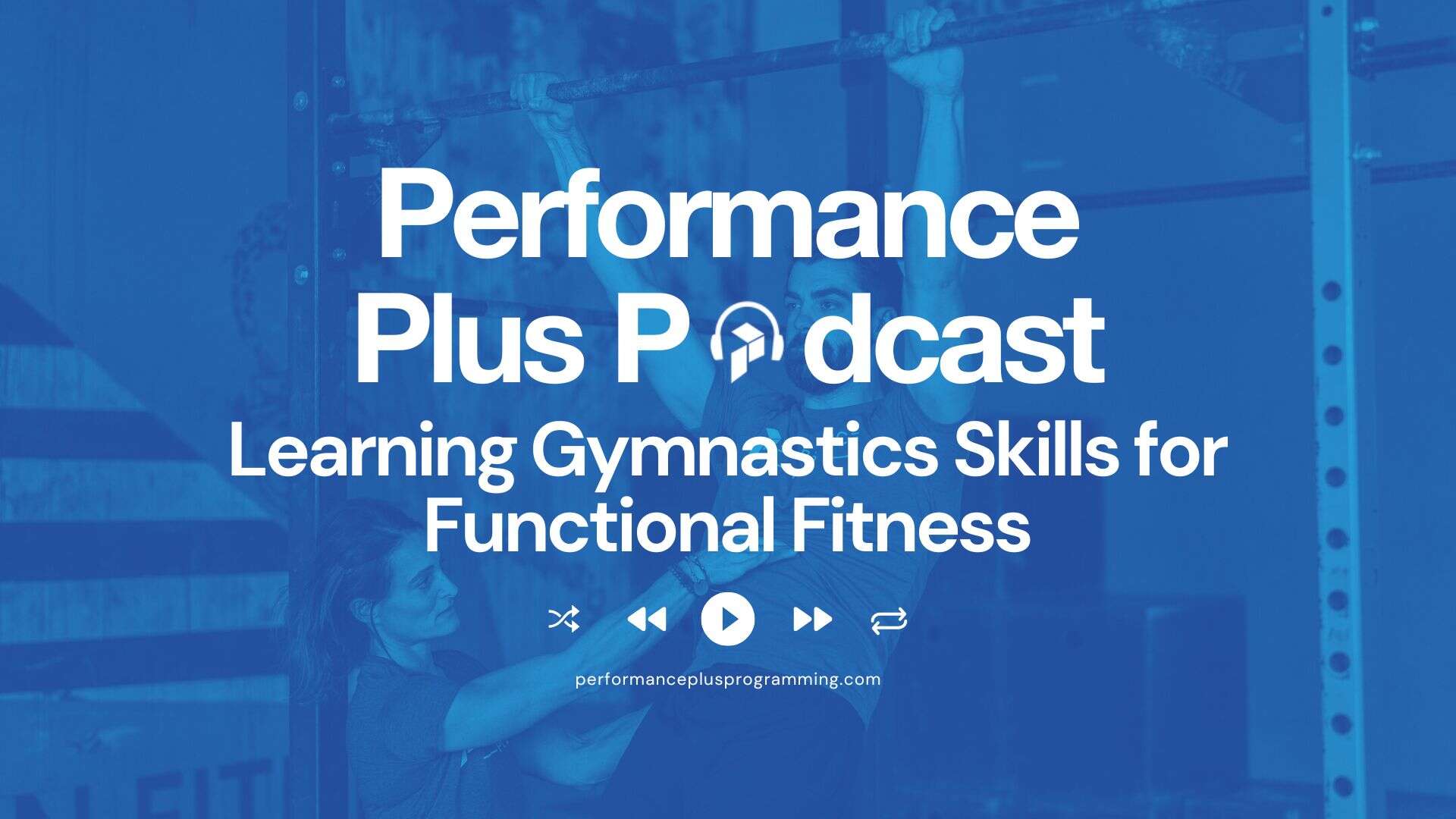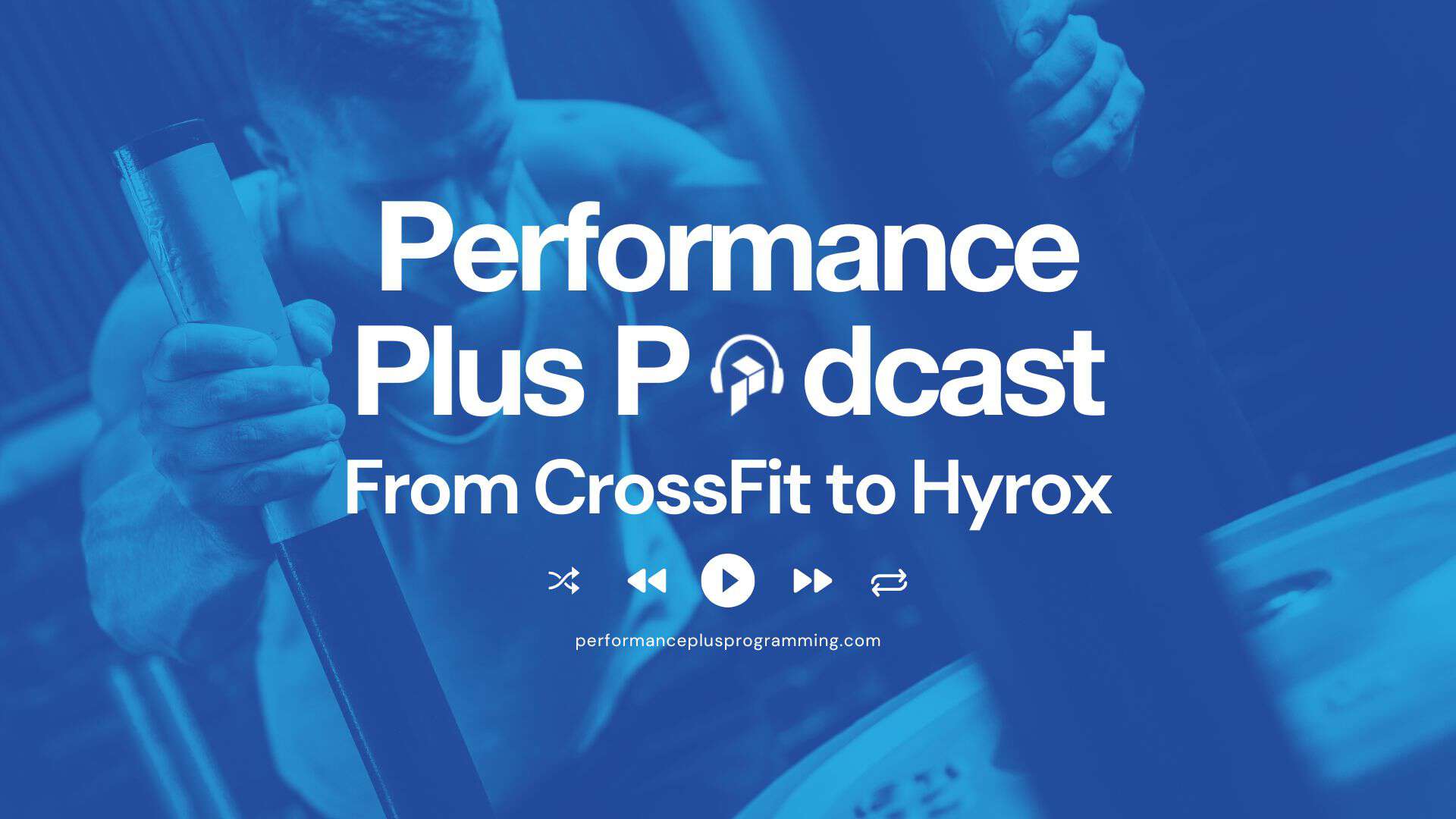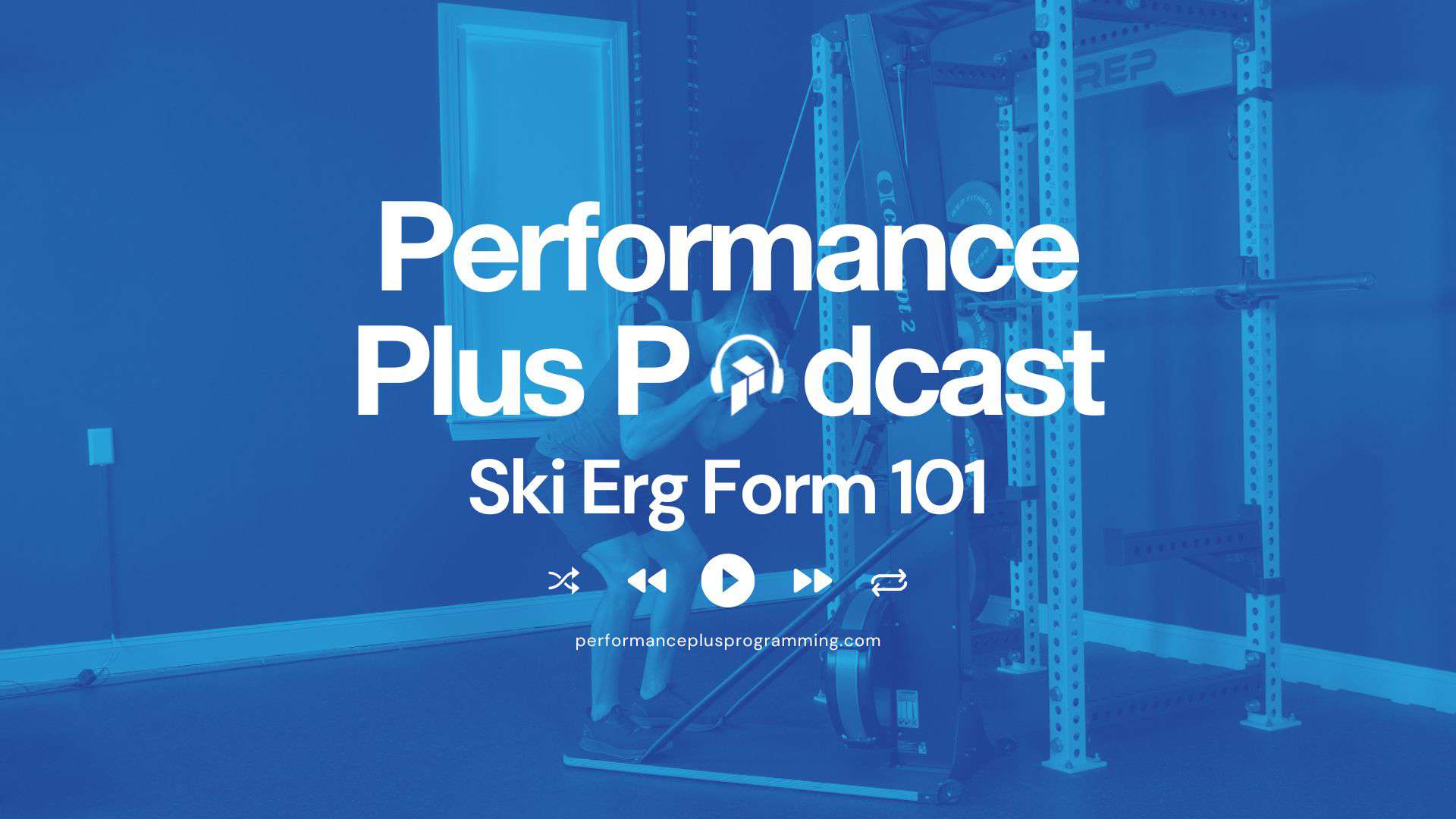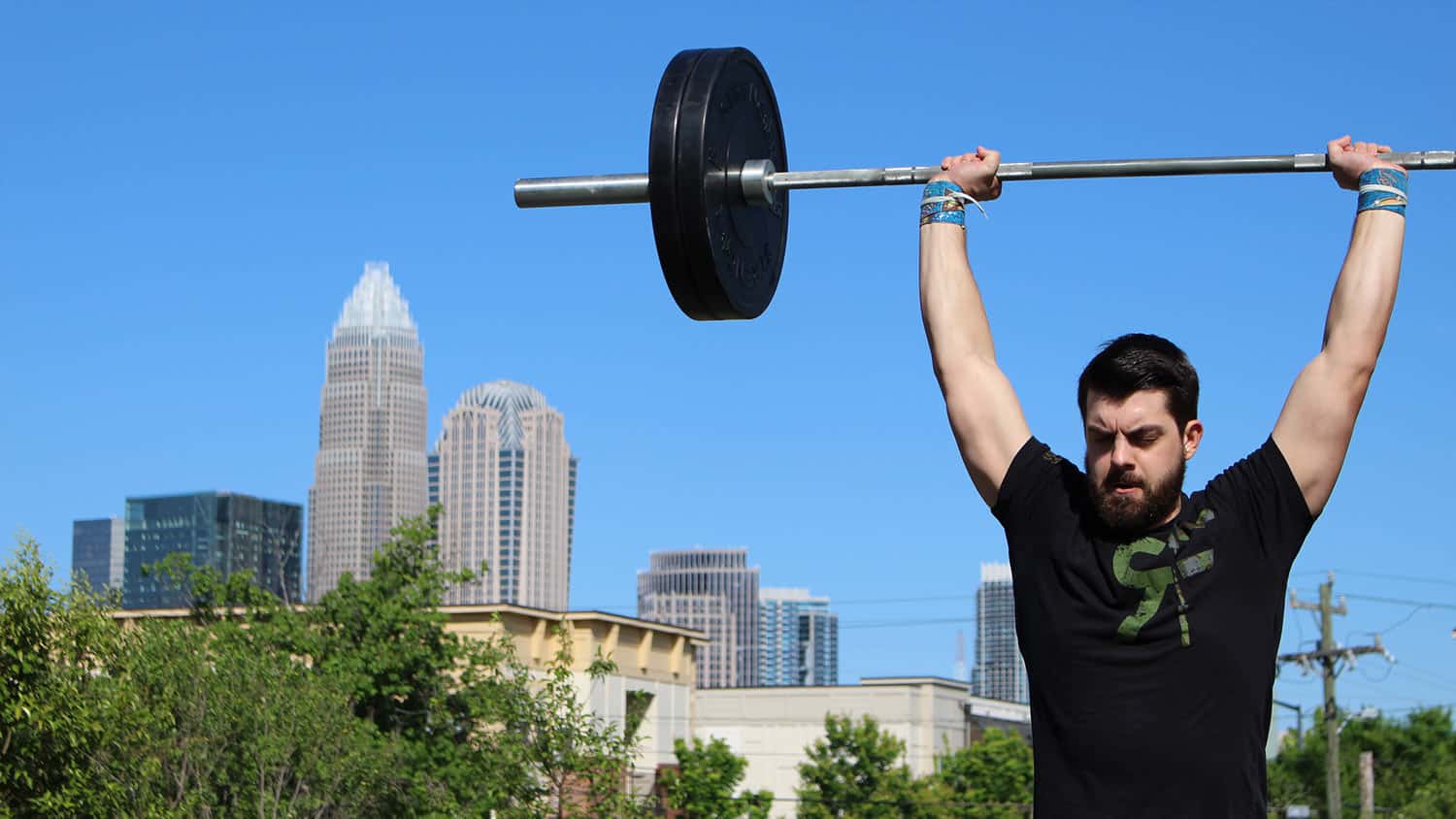
The Ultimate Guide to Pull-ups for Fitness Athletes
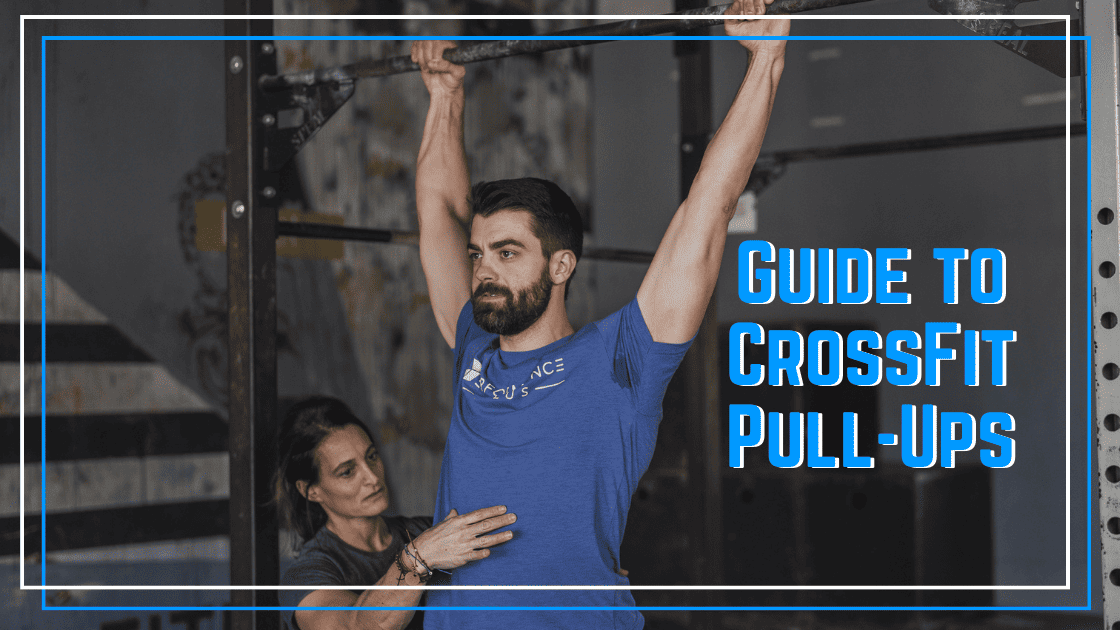
CrossFit has transformed the fitness landscape since its arrival on the fitness scene. More athletes than ever are training barbell and gymnastics skills and having a blast exercising with friends. The foundation for many gymnastics skills is your vertical pulling strength & endurance. In this article, we’ll break down the main variations of CrossFit pull-ups and build a path towards gymnastics success!
The Ultimate Guide to Pull-ups for Fitness Athletes
Strict Pull-ups
When CrossFit pull-up variations are discussed, most people instantly think about the kipping pull-up. But in CrossFit, the strict pull-up is the foundation of your gymnastics skills. CrossFit’s education department emphasizes the need for athletes to develop strict pull-up strength before progressing to kipping variations.
Inside the typical CrossFit gym, we will see band-assisted pull-ups used frequently for athletes trying to build strict pull-up strength. At Performance Plus, we like band-assisted pull-ups in METCONs, but they are not the best for developing strict strength. Bands give too much assistance at the bottom of the pull-up, and athletes often do not develop enough starting strength for every move away from band assistance.
We prefer toe-assisted pull-ups for the CrossFit athlete as they will allow you enough assistance to complete the prescribed reps while building strength through the full range of motion.
View this post on Instagram
With our strict pull-up work in CrossFit, we also want to emphasize staying in a hollow body position, as this will translate better to the progressions we’ll cover in the rest of this article.
Program Recommendations:
- Our First Strict Pull-up Program has helped thousands of athletes get their first unassisted pull-up.
- Pull-up Strength builds on top of that to help you hit weighted pull-up PRs!
CrossFit Kipping Pull-Ups
The most frequently utilized CrossFit pull-up variation is the kipping pull-up. In this variation, we rapidly move from a hollow and arch position to create horizontal motion. We then translate this horizontal movement into a vertical pull.
Before all the “no-reps” comments start, it is essential to understand why CrossFit uses this variation. It is NOT a replacement for strict pull-up strength. CrossFit HQ repeatedly states that these shouldn’t be used until after an athlete has strict pull-ups.
CrossFit wants athletes to focus on power output during a workout. Power equals work divided by time. So when we choose to perform kipping pull-ups, it is because athletes can cycle reps faster with the kip. This allows us to do more work in less time, thus increasing power output.
Kipping pull-ups are a fast and dynamic movement. So, dialing in perfect form is critical to performing efficiently and reducing shoulder joint stress.
Program Recommendations:
- Kipping Mechanics will teach you how to kip with perfect form
- Lats to Fly will build powerful lats for all rig-based gymnastics skills
Butterfly Pull-Ups
The final CrossFit pull-up variation is the Butterfly Pull-up. This variation is typically reserved for competitive athletes as it requires significant strength and control for this exercise to be performed safely.
The Butterfly Pull-up shortens the range of motion of the kipping pull-up, allowing athletes to perform repetitions even faster.
View this post on Instagram
Before performing Butterfly Pull-ups, athletes should be able to do 5+ strict behind-the-neck pull-ups, large sets of kipping pull-ups, and perform slow tempo mini-butterflies (below) to demonstrate the strength and control needed.
If you have those necessary pre-requisites, and want to be more competitive in the fitness space, then butterfly pull-ups can be trained. The following workshop video will break down the butterfly to help you fly on the rig!
The butterfly is a complicated and fast movement. We suggest using our Butterfly Pull-up Overhaul program to help you dial in the timing and coordination for perfect Butterfly Pull-ups.
